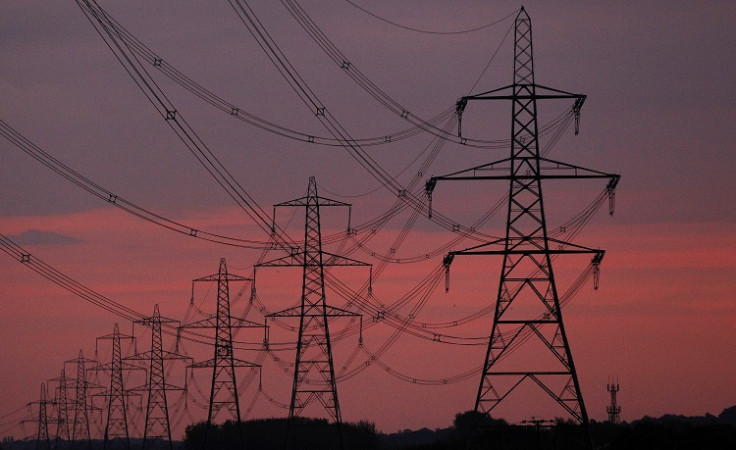Max Planck Institute reports superconductor breakthrough with common materials

A superconductor at near-room temperatures could be close at hand with the discovery of a material that conducts electricity without resistance and displays the expected magnetism at comparable temperatures.
Mikhail Eremets and two physicists at the Max Planck Institute for Chemistry in Mainz observed the phenomenon in common molecule hydrogen sulphide at a temperature of 203 kelvin (–70 ˚C) when the crystals were subjected to very high pressures.
The findings are being hailed as "the main breakthrough" in the search for a room-temperature superconductor since the 1986 discovery of superconductivity in cuprates at 164K.
Some of the team had already demonstrated the effect last year in hydrogen sulphfide but at temperatures below 190 K. Subjected to a pressure of about 1.5 million atmospheres, the sample had exhibited a marked drop in electrical resistance by more than a factor of 1,000.
But it had not exhibited the other property of magnetism as defined by the Meissner effect.
This time around, the crystals exhibited the magnetisation effect as well.
Superconductivity at room temperatures has been the holy grail of materials research, which is why many scientists are sceptical about the latest results, reports Nature.
A Japanese physicist, Katsuya Shimizu, at Osaka University in Japan, says that he and his colleagues have confirmed the 190 K electrical transition on samples and cells provided by Eremets.
Eremets and his colleagues propose that the superconductivity maybe originating in the vibrations of the crystal lattice of hydrogen sulphide.
These vibrations bind electrons together in Cooper pairs that then move through the lattice without resistance. Other hydrogen compounds could then superconduct at even higher temperatures, they say.
From conductor to superconductor
Superconductors are materials that become totally conductive to current without any resistance when cooled below certain critical temperatures. In the process they "expel" all magnetic fields from within the material, giving rise to magnetic levitation.
However, most superconductors discovered so far are exotic, expensive materials which become superconductive only at very low temperatures, ruling out practical applications.
In any electronic device, current is carried via the charge on an electron. Travelling on their own, electrons tend to bump into each other and lose energy.
In superconductors, the electrons travel in tightly bound pairs, called Cooper pairs. The paired electrons move smoothly through a superconductor's structure carrying current without any resistance. If the temperature is kept sufficiently low, the electron pairs will keep moving through the superconductor indefinitely at no cost.
Record currents exceeding 100,000 amperes have been shown to be carried by superconductors but at low temperatures of 20 degrees Kelvin (minus 253 degrees Celsius).
Magnetic levitation and power transmission at zero loss are some of the benefits from superconducting materials.
© Copyright IBTimes 2025. All rights reserved.





















